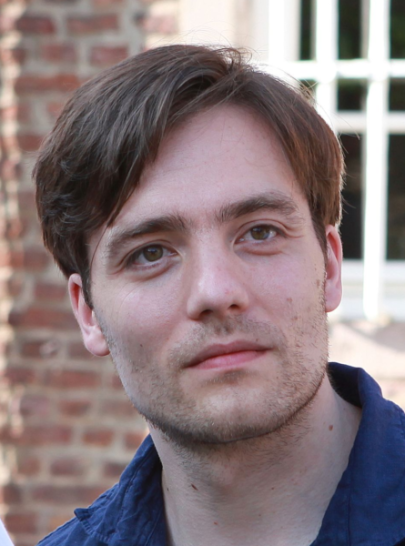Volker BormuthLaboratoire Jean Perrin (LJP) - CNRS / Sorbonne Universités
Mes recherches
I performed my PhD at the Max Planck Institute of Molecular Cell Biology and Genetics in Dresden, Germany, in the group of Jonathon Howard (2004-2009). I studied in vitro at the single molecule level the mechanics of a particular molecular motor the Kinesin Kip3p. I moved to France for a PostDoc at the Curie Institute in the group of Pascal Martin. I studied the biophysical principles of sound and vibration perception by hair bundles in the inner ear. I was recruited as Maître de Conférence in 2014 at the Laboratoire Jean Perrin. In 2016, I started my research group “MultiSense” in the same unit thanks to the support by the ATIP-AVENIR program.
Mon projet ATIP-Avenir
MultiSense
Our brain needs to constantly fuse sensory information detected by our multiple senses in order to produce a seamless coherent representation of the world. Rather than being the exception, this binding process is ubiquitous to sensory-motor integration and is implicated in most cognitive functions. Its impairment is a cause of various pathologies, such as schizophrenia or autism. Multisensory processing operates on all brain levels from primary cortices over subcortical structures up to higher associative centers, while the smallest operational units are single multisensory neurons.
In an interdisciplinary effort, we combine optical developments, genetics and neuro-computation to obtain new insights into the activity of brain-wide neural circuits that process multisensory information. To reduce the complexity, we study the small transparent brain of zebrafish larvae as a model system. We focus on gaze stabilization as an inherently multisensory model task that is conserved among all vertebrates. This reflex uses both vestibular and visual information to drive eye movements in order to compensate for self-motion and maintain clear vision. We will build a novel experimental platform in which a restrained larva will be submitted to vestibular and visual stimuli, as a pilot in a flight simulator. We will optically record the activity of all 100,000 neurons of the animal brain as it performs multisensory integration tasks. To extract basic principles of how behavior is coded in multisensory neuronal circuits we will interpret the brain-wide activity and the observed behavior with methods from statistical physics. No other system can today provide a similar brain-scale, yet cell-resolved view on the neuronal network dynamics subserving such a complex integration process. Thus, our data will constitute an invaluable arena to test circuit-based models for sensory-motor integration, decision-making and multisensory-motor learning.
Volker Bormuth est également lauréat ERC Starting Grant 2016.
